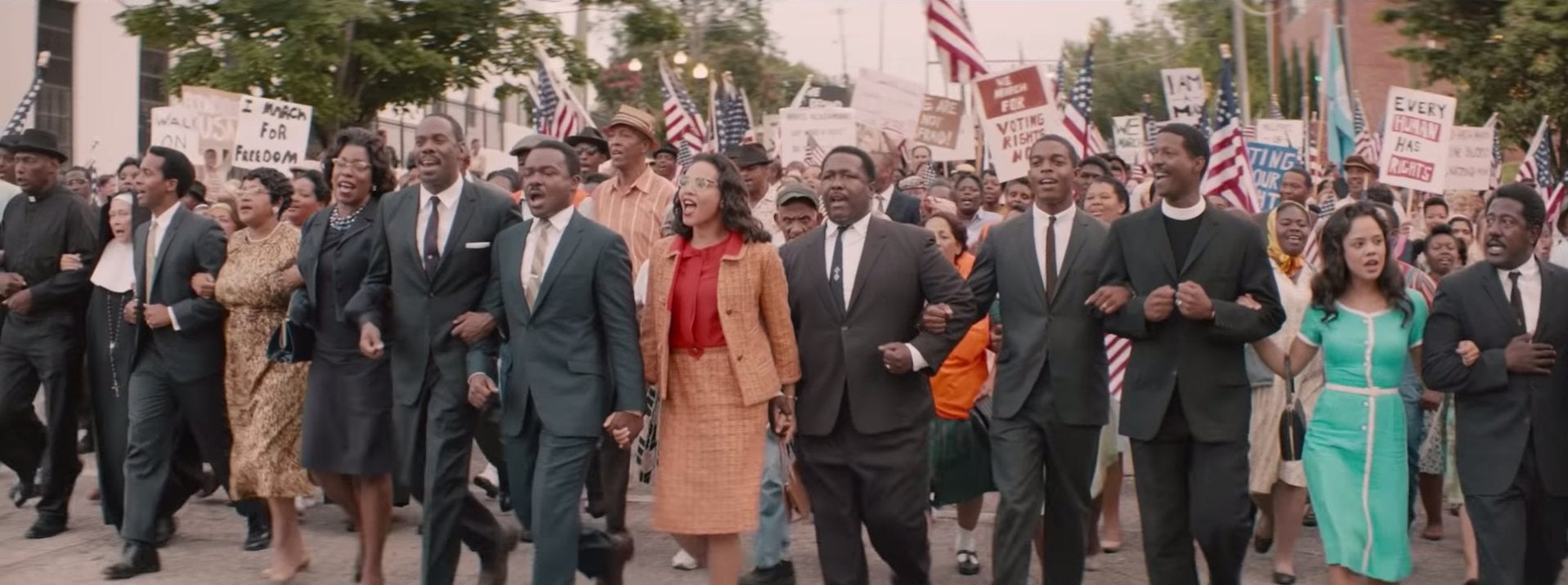Since it is Black History Month, I felt it was only fitting to talk about how underrepresented the Black community is within the movie industry. In Hollywood, there is always an underrepresentation of the Black community, from a lack of diversity in movie projects to tropes in animated films.
In animated movies such as The Princess and the Frog and Soul, it was exciting to see a movie that would star a lead Black character. However, what seemed to start off as a shift towards representation for the Black community was in fact not. Even though the main characters were supposed to be Black, in the majority of the movie they were animals instead. Tiana was essentially a frog for the entire movie while trying to find a way to change back in order to save her restaurant. It was not until the very end where she was able to turn back after figuring out that she was indeed a princess once she married Naveen.

Another important note to take into consideration is the significantly large gap towards more diverse projects. The big movie production companies such as 20th Century Fox, Paramount, and DreamWorks are all run by White executives who tend to pass on diverse projects. They tend to stick to more generic movie plots that are on the safer side rather than risk in investing in movies that could potentially fail. However, today’s world contains such a large audience for more representation that can no longer be ignored.

There needs to be more of a push for change in Hollywood. Black voices and stories deserve to be heard, as well as any other POC voices. There needs to be a fair chance for the Black community to let their stories be shared and it is well over due.



